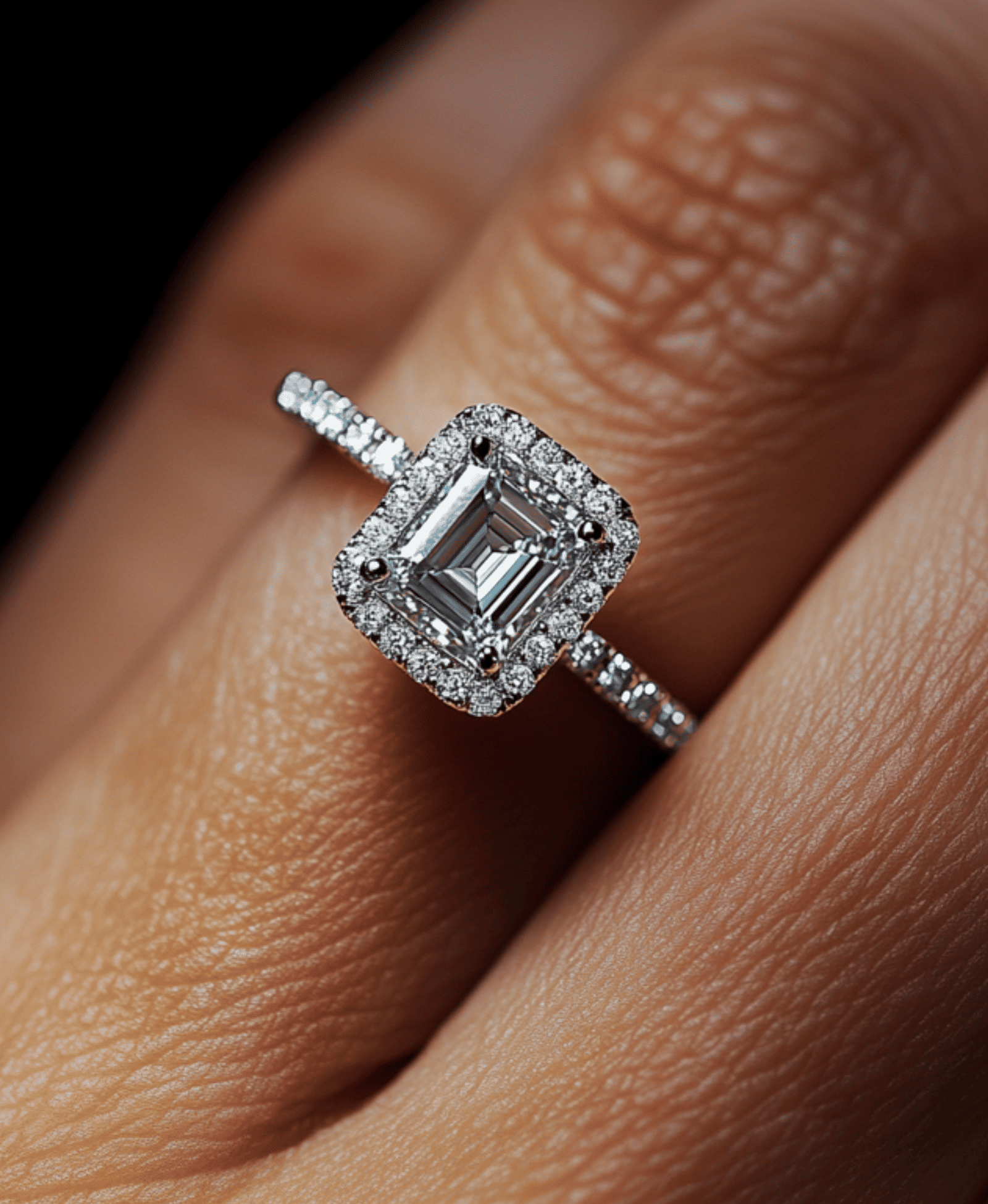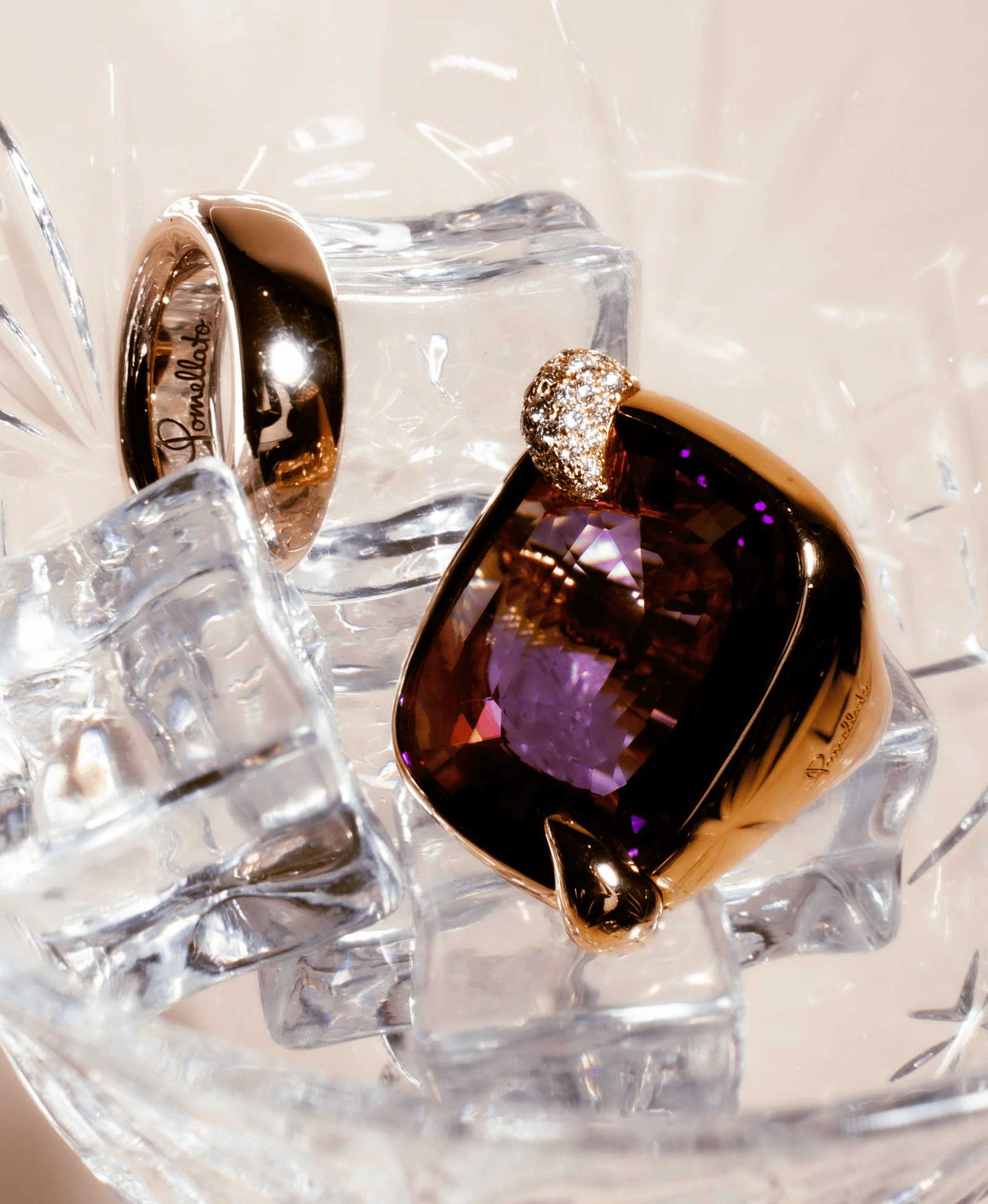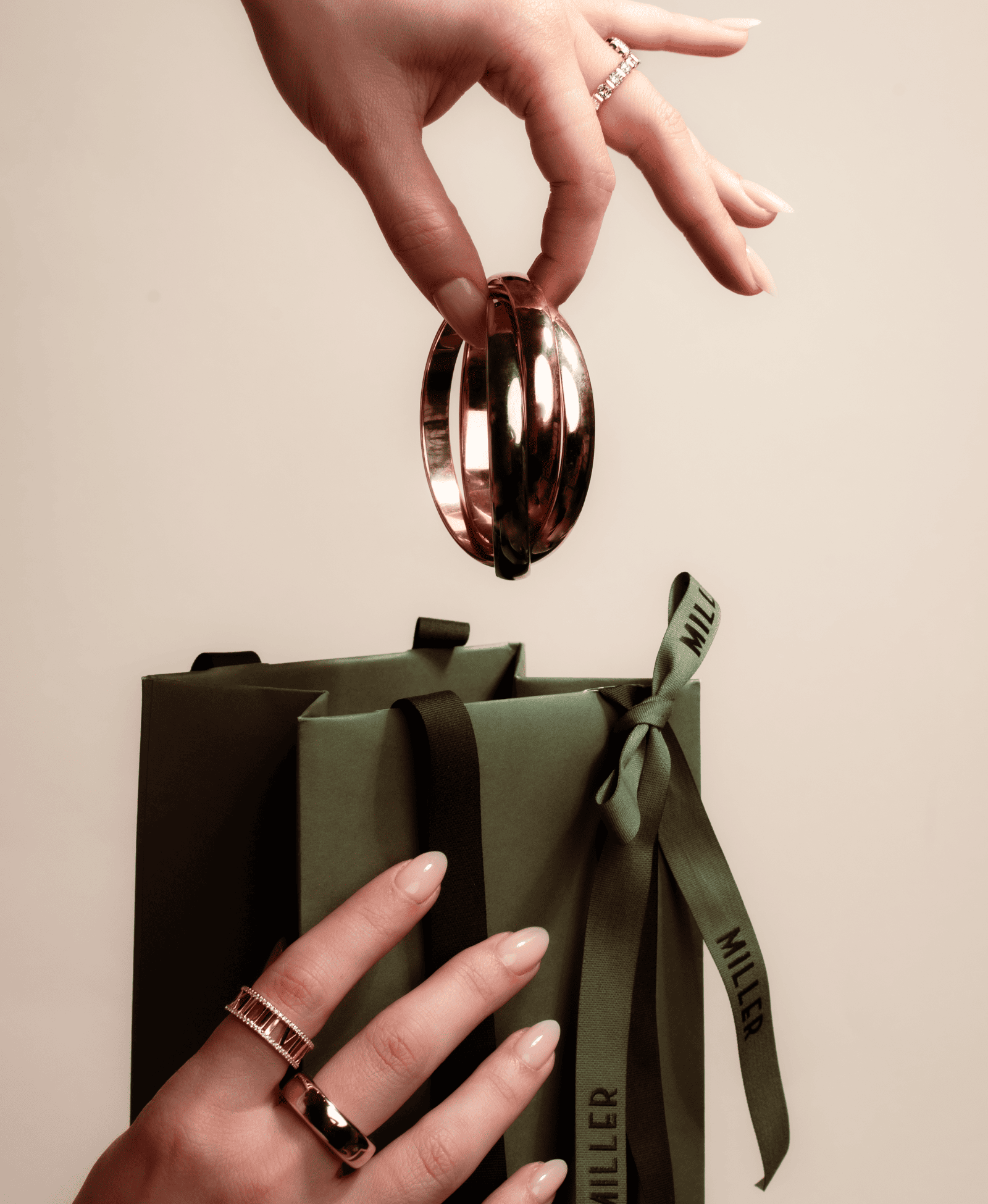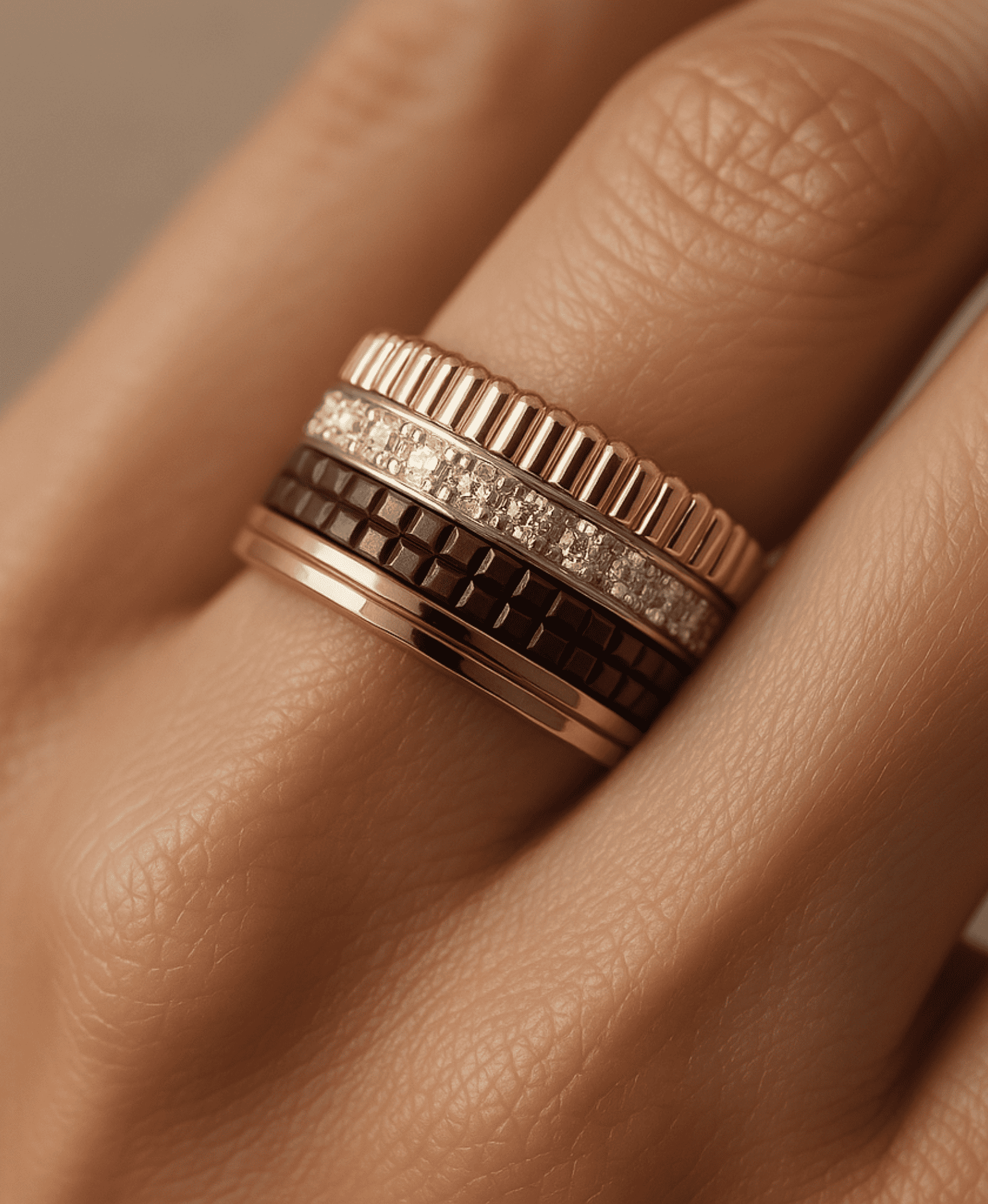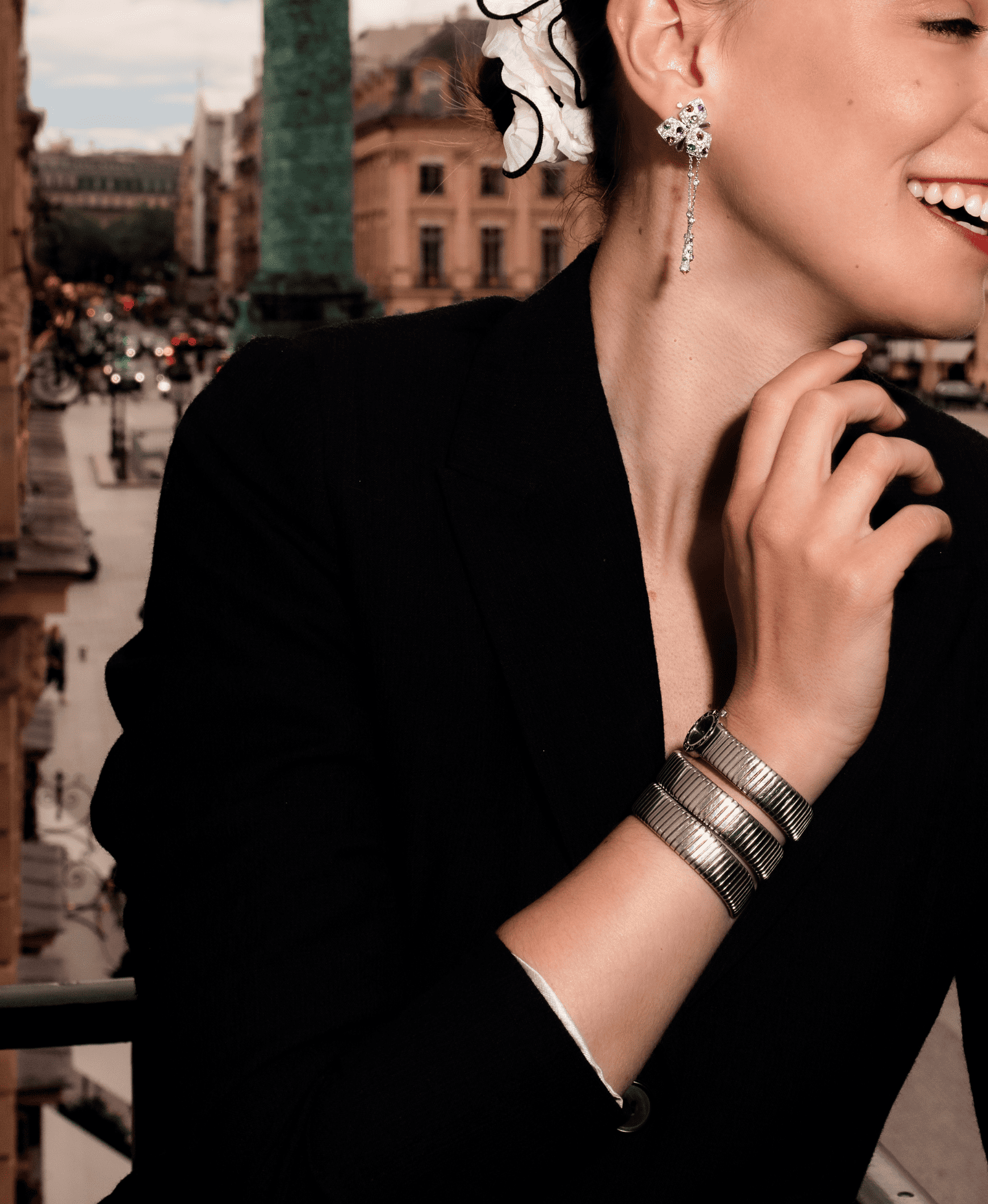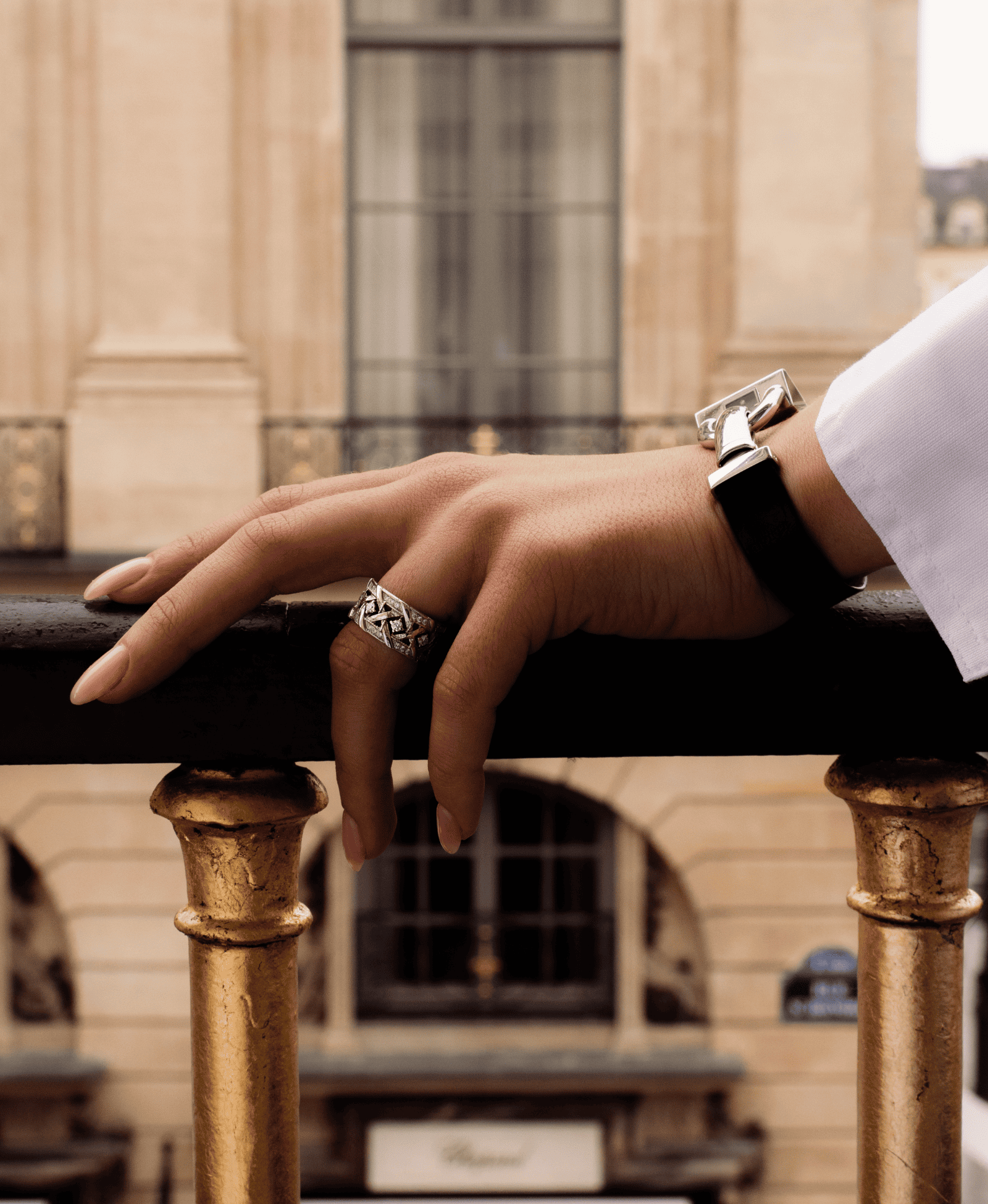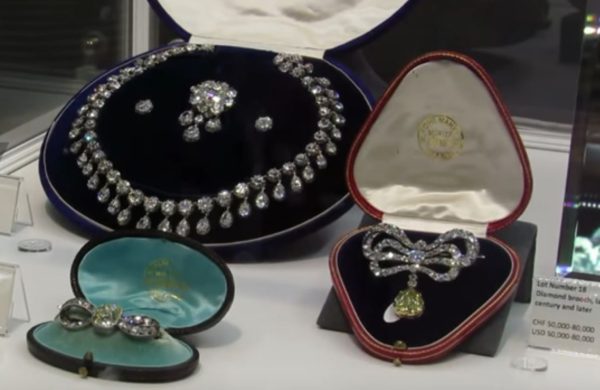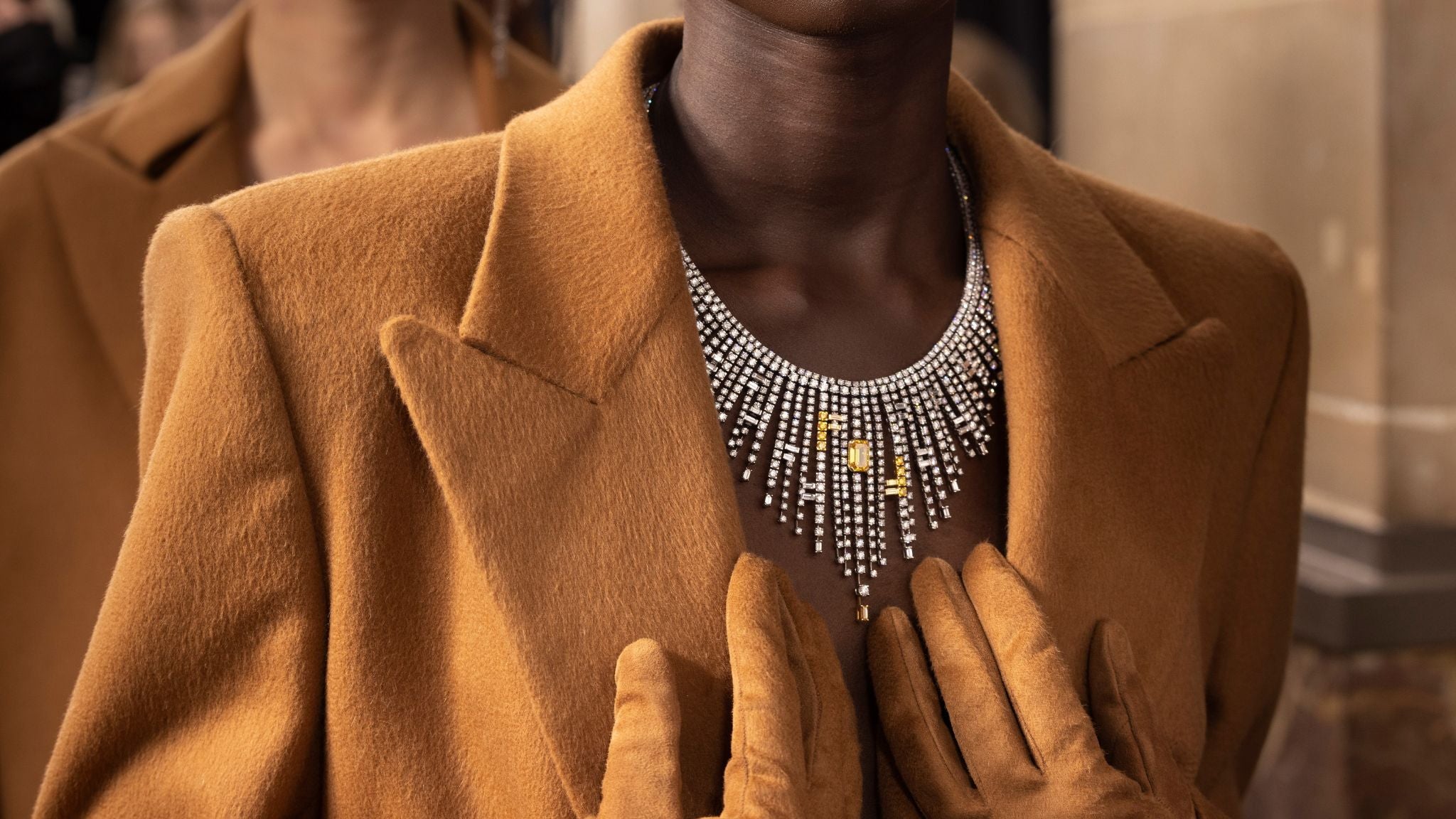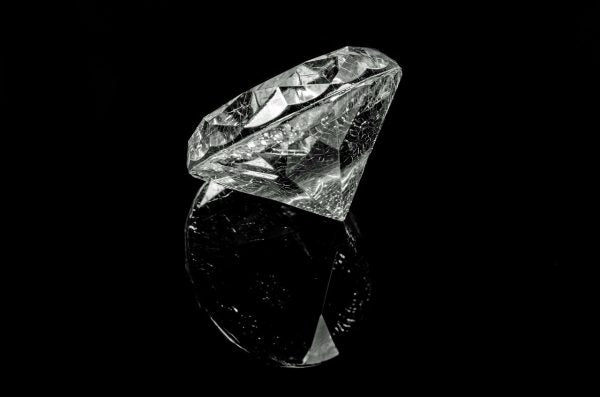
How to recognize a diamond on a ring?
In the world of luxury jewelry , it is not always easy to know what you are dealing with. Whether it is precious metals or stones , how can you distinguish the real thing from the fake? This is especially true for diamonds, which can be imitated or substituted by much more vulgar stones. Today, we offer you some simple tips to learn how to distinguish between a real and a fake diamond on a ring , necklace, earrings, etc. By the end of the article, you will know how to recognize a diamond .
What are the fake diamonds that can be found in rings, earrings, etc.?

Within the term fake diamonds, there are several types of stones that are sometimes mistakenly assimilated to diamonds due to their similarities. Here are the most common:
- Zirconium oxide (zirconia)
- Moissanite
- White Sapphire
- Spinel
- Glass
- Rutile
Here are some methods to distinguish between these stones and real diamonds. The techniques to recognize a real diamond from a fake on a ring , earrings or a necklace are identical.
How to recognize a real diamond on a ring using a magnifying glass
Diamonds that have no imperfections are extremely rare. It is unlikely that you will ever have the opportunity to hold one in your hands. Examining a diamond under a magnifying glass is therefore a good way to ensure its authenticity . If you cannot see any imperfections, there is a good chance that it is a synthetic diamond or a stone that is worthless.
The heat test
Diamonds have their own thermal properties, namely a low contact temperature . In short, at room temperature a diamond feels cold (just like a metal plate at 50° feels much warmer than a piece of wood at the same temperature). If you put the tip of your tongue on the diamond and it feels cold, it must be a real one. If it feels warm, it is probably a zirconia or something else.
The fog test to recognize a real diamond
Exhale air from your mouth onto the diamond, as you would to fog up a window. A real diamond should not fog up.
- How to clean a silver diamond ring
- Antique Chimento Ring
The sandpaper test
It is well known that diamonds are eternal. It is one of the hardest materials on the planet, and is used in many machines that are used to cut, polish, plane, etc. You can therefore rub the diamond in your ring with sandpaper. If it is authentic, it will come out intact from this mistreatment… If it is scratched, it is a substitute stone. Be careful, if it is a synthetic diamond , this test will not work, since the latter is as hard, if not harder, than a natural diamond.

The Mini Flashlight Test
Using a pen-style flashlight, shine a light on the stone. In a diamond, you should not see the rainbow prism; it should appear outside of it. In many fake diamonds , such as moissanite, the rainbow colors appear within the stone itself.
The water test
Since the density of diamonds is greater than that of water, they should not float. If a stone floats, it is not a real diamond. This test can only be performed if the stone is not set in a piece of jewelry, of course.
Also read:
- The 4Cs of Diamonds
- How much does a 1 carat diamond cost?
How to recognize a natural diamond from a synthetic diamond?
Is a synthetic diamond real or not ? The answer will be different depending on who you ask. Some people think that only natural diamonds are real, others don't.
The difference between a natural diamond and a synthetic diamond cannot be easily seen, even with a jewelry loupe. Natural diamonds contain small amounts of nitrogen, while lab-grown diamonds do not. Gemologists therefore use this criterion to identify whether a diamond is lab-grown or natural.
- Top 10 Most Expensive Diamonds in the World
- Vintage Louis Gerard ring
The certificate of authenticity of a diamond: to dispel doubts
The simplest thing is obviously to have in your possession the certificate of authenticity of the diamond . It accompanies all self-respecting luxury jewelry. For antique jewelry, a certificate of authenticity can be ordered from a gemologist to reassure buyers.
A ring with an authentic diamond? Nothing like an expert to be sure
Do you have a diamond jewel and want to make sure of its authenticity? The safest option remains the appraisal . Miller jewelry, specialist in antique and second-hand jewelry in Paris, will be able to appraise any jewel, whether it is diamond or not.
When we talk about precious stones, the diamond , the emerald and the real ruby immediately come to mind. And it is true that these are very valuable stones. But there are things that are even rarer and more valuable. These precious stones are so rare that they exist in very limited numbers, which makes their value higher than the emerald, for example. Here is a list of the most expensive precious stones in the world.
Lesser-known but highly valuable gemstones
There are over 4,000 types of stones that lie in the bowels of the Earth, even geologists will only see a small part of this assortment in the course of their work. Thanks to the magic of nature, some stones are extremely rare. They have always been coveted for their beauty, sometimes sacred. For more down-to-earth reasons, precious stones continue to fascinate today. Here is the ranking of the most expensive stones in the world at the time of writing.
Blue Diamond
The most sought-after gemstones are colored diamonds . Diamonds, the birthstone of April, are not only very rare, but they also have spectacular brilliance and unmatched hardness. Add to this rarity the marketing that is organized around this stone, and you can understand why colored diamonds are the most expensive gemstones in the world. Currently, a blue diamond holds the record for price per carat. The Oppenheimer Blue was sold for $57.5 million. Based on the total price, another colored diamond holds the record, the Pink Star ($71.2 million).

Musgravite
The wonders of the Earth are such that new stones can still be discovered today. Musgravite is one of the more recent discoveries in this field: it was only in 1993 that a specimen of appreciable size was found. Today, the number of musgravites likely to lead to the creation of a jewel can be counted on the fingers of one hand. This rarity explains the extremely high price of this precious stone: it is necessary to count around $35,000 per carat.
Jadeite
Jadeite is the most beautiful, rarest and therefore the most expensive variety of jade. It comes in different colors (lavender, mauve, apple green, etc.), but it is the Imperial Jade tone similar to emerald that is the most sought after. The most beautiful examples of jadeite are found in Cambodia. In some civilizations such as the Aztecs and Mayans, jadeite was considered more precious than gold. And when you know the taste of the Mesoamerican peoples for the yellow metal, you can understand how much they appreciated jadeite, which is traded for up to $20,000 per carat today.

Alexandrite
Alexandrite is another very rare gemstone that is very difficult to acquire, even for $12,000 per carat. This stone stands out from its peers because of its incredible optical properties. Depending on the lighting conditions, the stone changes color dramatically, whether in intensity or angle, from green to red. This stone was discovered in the Ural Mountains of Russia in the early 19th century. It was named after Alexander II , the future Tsar.

Red Beryl
Red beryl , also known as red emerald, is a very rare variety of beryl that ranges in color from raspberry to deep red. Despite its nickname, it is not an emerald. Red beryl was discovered in 1904 by a man named Bixby. To this day, only one place on the planet is known to have it in its depths, namely the Wah Wah Mountains of Utah. Red beryl is so rare that it is estimated that there are 8,000 times more rubies in the Earth's crust! This explains why this stone, regardless of its quality, is sold at a high price. Around $10,000 per carat.
Padparadscha Sapphire
Padparadscha is the rarest and most expensive variety of sapphire in the world. It is characterized by a beautiful orange color with shades between ruby and yellow sapphire. Most Padparadscha sapphires are found in Sri Lanka, but they can also be found in Tanzania and Madagascar. The gemstones found in the latter country are pink, and therefore less sought after. This sapphire sells for around $8,000 per carat.
Benitoite
Considered one of the most beautiful gemstones in the world, benitoite has an atypical blue color and a dispersion coefficient higher than that of a diamond. As its name suggests, it was first discovered in the San Benito River in California. However, its remarkable dispersion can be masked by the intensity of its blue. Benitoite lovers are therefore faced with a choice:
- Choose a less intense blue to take advantage of its dispersion
- Opt for the intensity of blue over dispersion
Black Opal
Black opal is a gemstone found mainly in New South Wales (Australia). It is particularly spectacular on a black background, when it displays all its subtle nuances of color within it. This stone is very precious, but it has the disadvantage of being very fragile due to its sensitivity to shocks and temperature variations.
Demantoid
Demantoid is a gemstone from the garnet family whose luster is reminiscent of diamonds. In fact, its brilliance and dispersion are superior to those of diamonds . It is in its emerald green form that it is most valuable. Unfortunately, it is very rare to find it in large stones: demantoids rarely exceed 2 carats. It was first discovered in the 19th century in Russia by a Finnish-Swedish mineralogist, Nils Gustaf Nordenskiöld. Given the rarity of this stone, demantoid jewelry is often antique jewelry .

Taaffeite
You may never have heard of taaffeite . It is nothing to be ashamed of, it is an extremely rare light purple stone. So rare that it is estimated that there are 1 million times fewer taaffeites than diamonds! Its name is derived from its first discoverer in 1945, Richard Taaffe . He did not make his discovery in a mine or on a riverbed: it was in a jewelry store that his find took place. While observing a spinel jewel, the geologist noticed that the stone displayed different properties, particularly in terms of light refraction. Taaffeites are mainly found in Sri Lanka and Tanzania. Not only is this gemstone rare, but examples that can be cut are even rarer.
- You might also be interested in: What is the biggest diamond in the world?
FAQ how to recognize a diamond on a ring
You can use fogging, heat, and sandpaper techniques to determine if a rough contains a diamond. See details above.
All of the above tests, except for transparency, also help to recognize whether a black diamond is genuine.
You can evaluate the diamond set in a ring by testing for heat, fog and abrasion.

